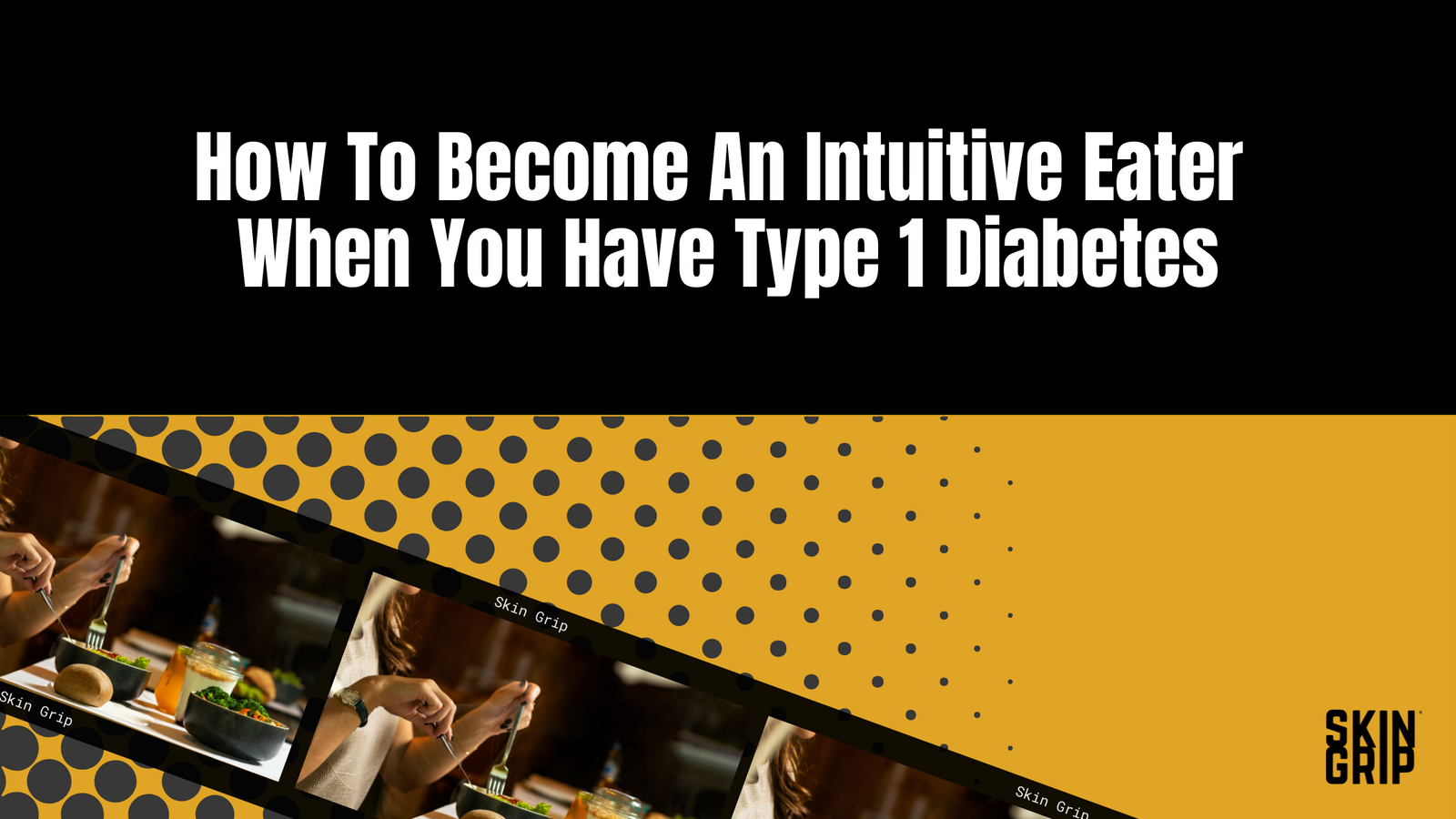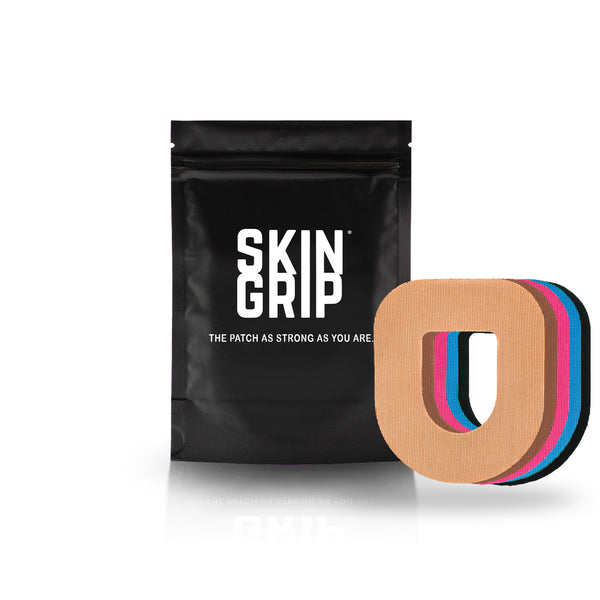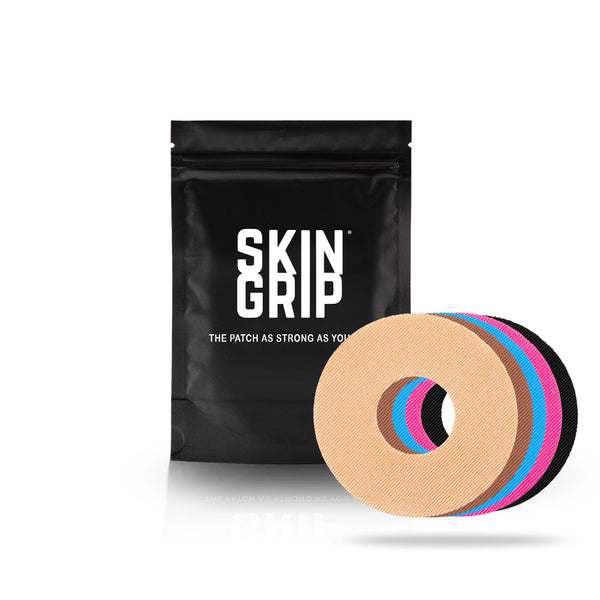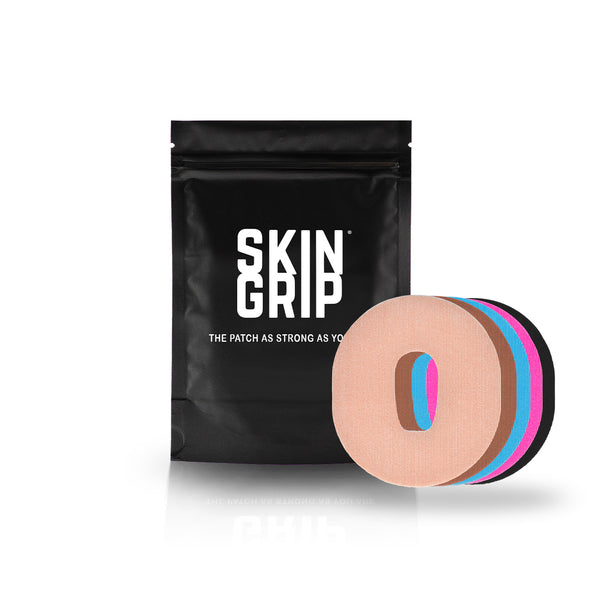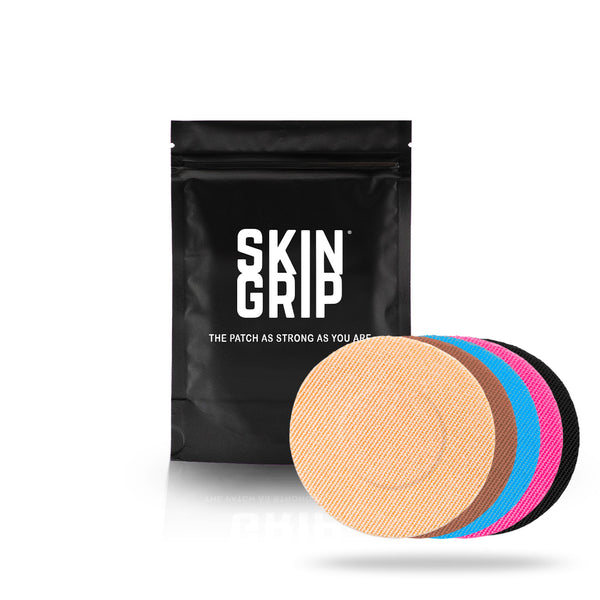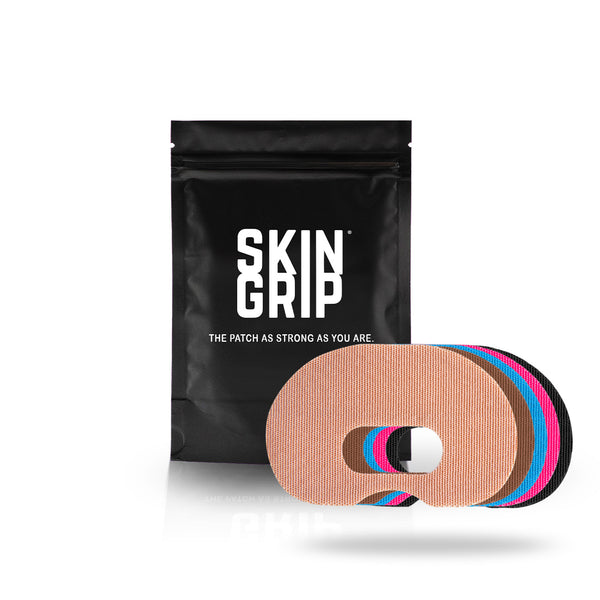
*Disclaimer: All content and information in this blog is for informational and educational purposes only.
Carbohydrates are the main macronutrient that provides energy to the body and the main macronutrient that affects blood sugar levels. When living with diabetes, you may find yourself increasingly fearful of eating carbohydrates because of how they will impact your blood sugar levels. What often starts off as a well-intended strategy for keeping blood sugars in range, many people with diabetes desire strategies for working through this fear and stop being afraid of eating carbohydrates. In this blog post, we will walk you through 3 steps to take to release the fear of carbohydrates with diabetes.
Notice Your Terms of “Good” and “Bad” Carbs
Once you begin labeling foods as “good” or “bad,” you are assigning moral value to those foods. You are not a “good” person for eating a salad. Just like you aren’t a “bad” person for eating a slice of cake. Ben Tzeel from Your Diabetes Insider says, “some foods have more carbs, some foods have more protein, and some foods have less. That doesn’t mean anything’s good or bad”. Foods are meant to be different. There is nothing good or bad about being different.
Learn How Different Foods Affect Your Blood Sugar
There is no denying that some carbohydrates may have a more significant impact on blood sugar levels than others. This doesn’t mean that these carbohydrates are “bad” or that they should be avoided. When you understand that some foods cause larger blood sugar spikes, you can experiment with different strategies to keep blood sugars in range when eating varying amounts and types of carbohydrates. Working with a registered dietitian can help you with finding different strategies that can work for you.
Take Baby Steps
If you have been limiting, avoiding, or restricting carbohydrates for some time it can be overwhelming or anxiety-provoking to jump right into consuming these foods again. Choosing to take baby steps when trying to incorporate more carbohydrates into your diet can look like having a few bites of dessert, a lower sugar option, or a small portion size. Ben Tzeel explains that it’s like “starting a training program, you’re not going to start out squatting 350 pounds, you’re going to start out squatting your bodyweight. It’s the same thing [here].”
There is no doubt that a diagnosis of diabetes changes your relationship with food- especially carbohydrates. Check out Episode 32: Getting Bold with Food While Living with Type 1 Diabetes with Ben Tzeel, RD, CSCS for a raw discussion and actionable steps to continue to get bold with food. Available now on Spotify and Apple Podcasts.









